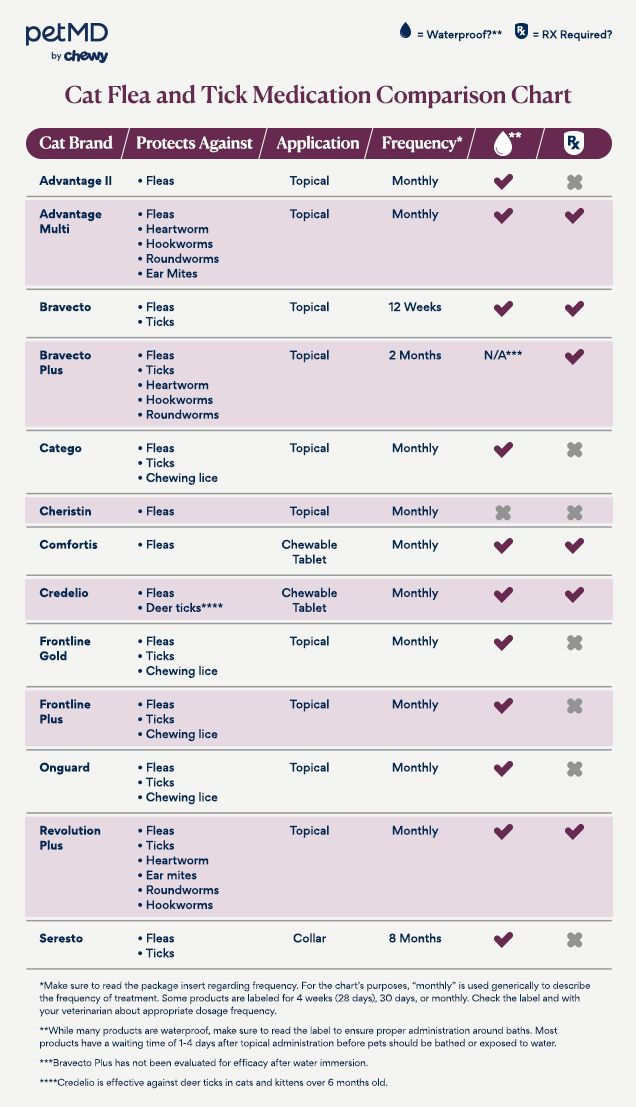Fleas are more than just a nuisance for cats; they can lead to a host of health issues if left untreated. As a responsible cat owner, ensuring your feline companion is protected from these pesky parasites is paramount. While various flea treatments are available, Flea Tablets For Cats offer a convenient and effective solution for many pet owners.
Why Choose Flea Tablets for Your Cat?
Fleas are external parasites that feed on blood, causing discomfort and potential health problems for your cat. Beyond the irritating itch, flea infestations can lead to:
- Flea Allergy Dermatitis (FAD): Many cats are allergic to flea saliva. Even a single bite can trigger intense itching, scratching, and skin inflammation.
- Anemia: In severe infestations, especially in kittens, blood loss from fleas can lead to anemia, a serious condition.
- Tapeworms: Cats can ingest tapeworm larvae when grooming and swallowing fleas, leading to intestinal parasites.
- Disease Transmission: Fleas can transmit diseases, although less common in cats compared to ticks, prevention is still crucial.
Given these risks, proactive flea prevention is essential. Flea tablets for cats are a popular choice due to their ease of administration and effectiveness.
Understanding Flea Tablets: How Do They Work?
Flea tablets for cats are oral medications designed to kill adult fleas. They typically contain insecticides that are rapidly absorbed into your cat’s bloodstream. When fleas bite a treated cat, they ingest the medication and die.
Unlike topical treatments that can be washed off or require careful application, flea tablets are administered orally, ensuring the full dose is received by your cat. This method can be particularly beneficial for cats who dislike topical applications or for households with children or other pets who might come into contact with topical treatments before they dry.
Types of Flea Tablets for Cats
When considering flea tablets for cats, you’ll encounter different types, primarily distinguished by their active ingredients and duration of action. It’s crucial to consult with your veterinarian to determine the best option for your cat based on their individual needs and health status.
- Fast-Acting Flea Tablets: Some flea tablets are designed for rapid action, often killing fleas within hours. These are beneficial for quick relief, especially in cases of active infestations. However, their protection might be shorter-lasting, often requiring more frequent administration.
- Longer-Lasting Flea Tablets: Other flea tablets offer protection for a month or even longer. These are convenient for ongoing prevention and reduce the frequency of administration.
Choosing the Right Flea Tablets: Key Considerations
Selecting the appropriate flea tablets for your cat involves several factors. Always prioritize consulting with your veterinarian, but understanding these key considerations will help you have an informed discussion:
1. Species-Specific Medication: Cat vs. Dog Flea Tablets
Crucially, never use dog flea medication on cats. Dog flea treatments often contain permethrins, which are highly toxic to cats. Permethrin poisoning can cause severe neurological issues in cats, including tremors, seizures, and even death. Always ensure the product is specifically labeled for cats and prescribed or recommended by your veterinarian.
2. Application Method: Oral vs. Topical
While this article focuses on flea tablets for cats (oral application), topical treatments are also available. Consider your lifestyle and your cat’s temperament when deciding between oral and topical options.
- Topical Flea Treatments: Applied to the skin, usually between the shoulder blades. They can be effective but might be less suitable for households with young children or multiple pets who could potentially touch or lick the application site before it dries. Some cats may also experience skin irritation or dislike the application process.
- Oral Flea Tablets: Administered as a pill or chewable tablet. Ensure your cat consumes the entire dose for maximum efficacy. If your cat is a picky eater, you might need to get creative with pill administration, such as hiding it in food.
3. Geographic Location and Parasite Prevalence
The prevalence of fleas and ticks can vary depending on your geographic location. Some areas have higher parasite populations, necessitating year-round prevention. Resources like the Companion Animal Parasite Council (CAPC) can help you understand the parasite risks in your specific region.
4. Indoor vs. Outdoor Lifestyle
While outdoor cats are at a higher risk of encountering fleas, indoor cats are not immune. Fleas can be brought into your home on shoes, clothing, or other pets. Veterinarians often recommend year-round flea prevention for all cats, regardless of their indoor or outdoor status.
5. Lifestyle and Breed Characteristics
Certain factors related to your cat’s lifestyle can influence their risk of flea infestations. Intact cats who roam outdoors extensively may be at higher risk compared to spayed or neutered indoor cats. While breed isn’t a primary risk factor for flea infestation itself, some breeds might be more prone to exploring outdoors, increasing their exposure.
6. Life Stage and Weight
Always consider your cat’s age and weight when choosing flea tablets. Some medications are not suitable for kittens or cats below a certain weight. Always check the product label for age and weight restrictions and consult your veterinarian, especially for kittens.
7. Pre-existing Medical Conditions
If your cat has a history of seizures or neurological conditions, certain flea medications, particularly those in the isoxazoline class, should be used with caution. These medications have been linked to lowering the seizure threshold in some animals. Discuss your cat’s medical history thoroughly with your veterinarian before starting any flea prevention. Also, inform your vet if your cat has had allergic reactions to medications in the past, is currently sick, underweight, pregnant, nursing, or intended for breeding.
 list of flea and tick medications for cats
list of flea and tick medications for cats
New Alt Text: Comparison chart of various flea and tick medications for cats, detailing brand names, active ingredients, application methods, spectrum of parasite control, and duration of effectiveness, useful for cat owners choosing preventative treatments.
Prescription vs. Over-the-Counter Flea Tablets
Flea tablets for cats are available in both prescription and over-the-counter (OTC) formulations.
- Prescription Flea Tablets: Typically obtained from your veterinarian and often considered more effective and safer due to veterinary oversight. Your vet can recommend the best option based on your cat’s specific needs and health.
- Over-the-Counter (OTC) Flea Tablets: Available without a prescription online or in pet stores. While convenient, it’s still advisable to consult your veterinarian before using OTC products to ensure they are safe and appropriate for your cat.
Veterinarians generally recommend prescription flea preventatives due to their proven efficacy and safety profile, tailored to your pet’s health needs.
When to Start Flea Prevention and How Often to Administer Flea Tablets
Year-round flea prevention is the standard recommendation for cats, regardless of season or geographic location. Fleas can thrive indoors even during colder months, and bringing them into your home is easier than you might think.
The frequency of administering flea tablets for cats depends on the specific product. Some are daily, while others are monthly or even longer-acting. Follow your veterinarian’s instructions and the product label carefully.
Flea Tablet FAQs
What are the most effective flea tablets for cats?
Oral flea treatments, including flea tablets, are generally considered highly effective for killing fleas. They are absorbed into the bloodstream quickly, providing rapid relief and protection. The “most effective” tablet will depend on your cat’s individual needs and your veterinarian’s recommendation.
How do veterinarians treat flea infestations in cats?
Veterinarians address flea infestations using similar methods to pet owners at home. This often involves:
- Bathing: A bath with mild soap, like Dawn dish soap, can help remove fleas and flea dirt from your cat’s coat.
- Oral Flea Treatment: Veterinarians typically recommend and administer or prescribe oral flea treatments, such as flea tablets, for effective flea elimination and ongoing prevention. Capstar is an example of a fast-acting oral flea medication that vets might use for immediate relief.
Do indoor cats really need flea tablets?
Yes, indoor cats need flea prevention. Fleas can easily enter your home through various means, and indoor environments provide suitable conditions for flea survival and reproduction. Year-round prevention with flea tablets or other methods is crucial for all cats, regardless of their outdoor access.
Conclusion
Flea tablets for cats are a valuable tool in protecting your feline companion from flea infestations and related health issues. By understanding the different types of flea tablets, key considerations for choosing the right product, and the importance of year-round prevention, you can make informed decisions about your cat’s health. Always prioritize consulting with your veterinarian to determine the best flea prevention strategy tailored to your cat’s individual needs and lifestyle. Protecting your cat from fleas is an act of love and a vital part of responsible pet ownership.
References
- Flea Infestation in Pets – PetMD
- Tick-Borne Diseases in Cats – PetMD
- Is it Safe to Use Dog Flea and Tick Products on Cats? – PetMD
- Companion Animal Parasite Council (CAPC)

